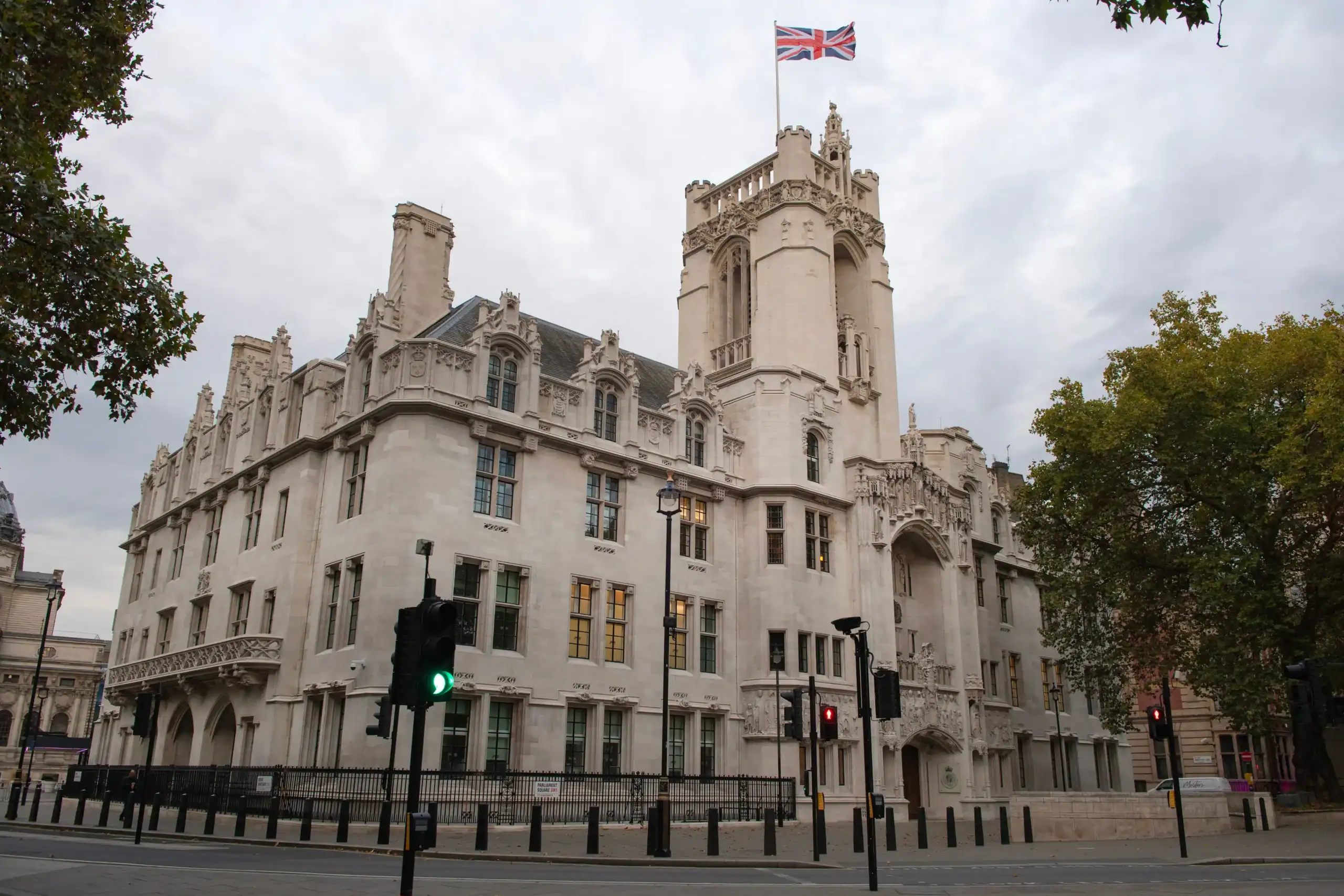In a landmark legal decision, the UK Supreme Court has ruled that the terms ‘woman’ and ‘sex’ in the Equality Act 2010 refer to biological definitions, confirming that ‘woman’ denotes a biological female and ‘sex’ means biological sex. The unanimous ruling, delivered by Deputy President Lord Hodge on 16 April, seeks to bring clarity to a long-standing legal and social debate—while reaffirming that transgender individuals remain protected under the Act.
Key Judgment and Legal Clarification
Lord Hodge made it clear that the ruling should not be seen as a win for one group over another. Rather, it serves to clarify legal terminology in legislation central to the protection of equality and rights in the UK.
“This is a clarification of statutory language, not a judgment on identity,” Lord Hodge stated.
Groups such as Sex Matters, which have advocated for clearer biological definitions in law—particularly in areas like women’s shelters, prisons, and sports—welcomed the decision, calling it “a vital step for the protection of women’s rights.” However, the court also issued a measured warning against interpreting the judgment as justification for discrimination or exclusion.
Transgender Rights Remain Fully Protected
Crucially, the ruling does not alter the legal protections for transgender people. As reported by The Guardian, the court reaffirmed that the Equality Act 2010 prohibits discrimination based on gender reassignment, regardless of whether someone holds a Gender Recognition Certificate.
Stonewall, the UK’s leading LGBTQ+ charity, responded by noting that the ruling maintains the robust protections transgender people have long relied upon:
“Trans people are still fully protected from discrimination, harassment and victimisation under the law. The principle of discrimination by association still applies.”
This includes the right to be treated according to one’s acquired gender in everyday life—such as in the workplace, education, or access to services—unless an exemption under the Act applies.
Divided Public Reaction
The ruling has sparked impassioned reactions across social media. On X (formerly Twitter), one user wrote:
“This restores clarity to sex-based rights—thank you, Supreme Court!”
Others expressed concern that the ruling could be misused, with another user stating:
“This opens the door to misuse by bad actors—important that trans protections were upheld.”
A popular Reddit thread saw over 1,200 comments, with debates ranging from the implications for women-only spaces to fears of escalating social division. On Threads, a viral post summed up a more moderate take:
“Trans rights remain protected. Let’s not let fear twist this decision.”
Implications for Public Policy and Institutions
The ruling may prompt organisations, charities, and public bodies to review how they define and implement single-sex services. According to The Times, services such as sports leagues, shelters, and correctional facilities may require policy updates to reflect the legal definition of sex while continuing to make reasonable accommodations under the law.
The Equality and Human Rights Commission (EHRC) has called for “calm, evidence-based dialogue” in the wake of the ruling, and is expected to issue updated guidance to help public and private sector institutions navigate the new legal clarity.
A Global Debate, A National Milestone
The UK joins countries like the US, Canada, and members of the EU in re-evaluating how gender identity and biological sex intersect within legal frameworks. With 0.5% of the UK population identifying as transgender, according to ONS figures, the ruling underscores the need for inclusive, nuanced policies.
This case now serves as a reference point in broader discussions on balancing the rights of different groups under equality law, and is expected to shape future litigation and policy for years to come.
Conclusion: Clarification with Caution
While the ruling clarifies legal definitions of ‘woman’ and ‘sex’, it also emphasises the continued importance of safeguarding transgender individuals’ rights. By presenting a dual focus on biological clarity and social inclusion, the court has attempted to bridge a growing social divide—though public reaction suggests the debate is far from settled.







































